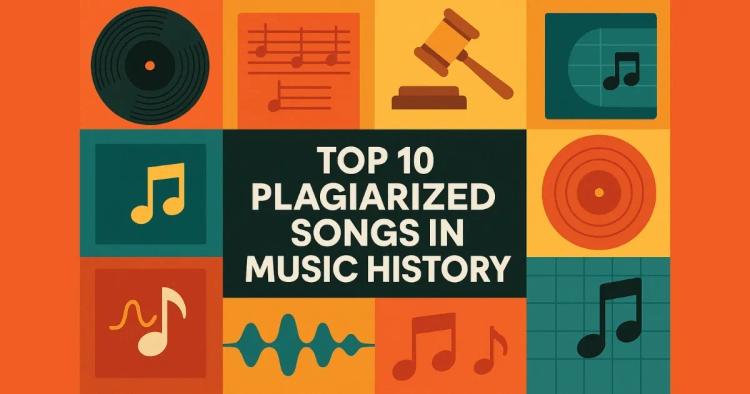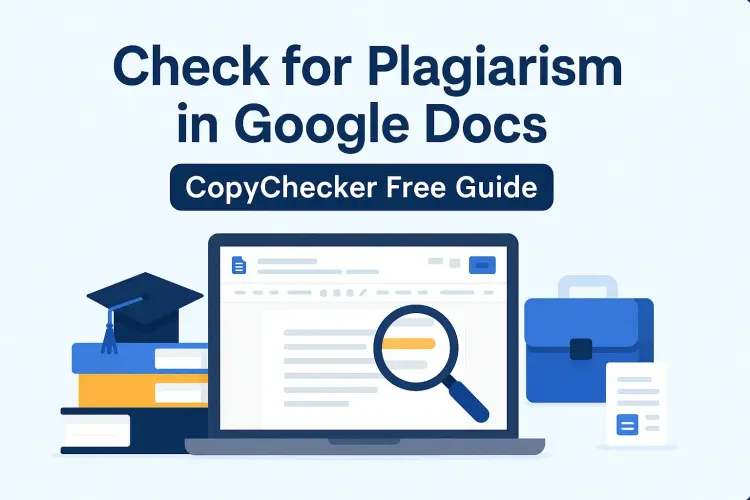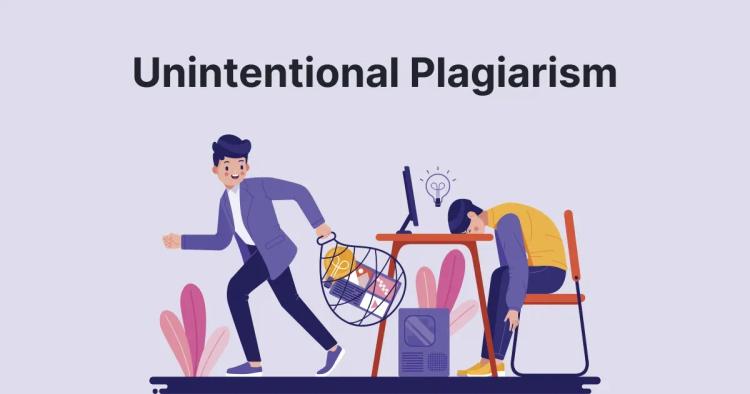As AI writing tools become more widely used, questions around originality and plagiarism are more relevant than ever. Can AI-written content be considered stolen? Can machines detect machine-written work? And how accurate are these tools, really?
This article explores how AI plagiarism detection works, what its strengths and limitations are, and how combining technology with human judgment can lead to better outcomes for educators, publishers, and content creators alike.
ᴀᴅᴠᴇʀᴛɪsᴇᴍᴇɴᴛ
Can AI Written Content Be Considered as Plagiarism?
Yes, AI written content can be considered plagiarism, especially in academic or professional contexts where originality and authorship matter.
AI-written content is everywhere these days, from student essays to blog posts to entire books. But here’s the burning question: if a machine writes it, is it still plagiarism?
Technically, plagiarism is about presenting someone else's ideas or words as your own without proper attribution. If you use AI-generated text and claim it as fully original without disclosing AI assistance, it can be deemed as plagiarism - called AI plagiarism.
The problem intensifies when AI tools pull heavily from training data that might resemble or mirror existing content. This is where AI and plagiarism intersect.
How AI Plagiarism Detection Works?
Traditional plagiarism checkers used to rely on a couple of tried and tested techniques like text-matching algorithms, and citation checks.
They scan your content and compare it against a massive database of web pages, academic papers, and previously submitted documents. These tools flag phrases or sentences that are identical or very similar to existing content.
Some advanced platforms also check whether properly cited sources are being used. They can also detect where the author only paraphrased other’s words.
So, in essence, they were very advanced text matching softwares. Over the past few years, this is changing - for the better.
Advanced plagiarism detection tools not only compare texts. AI plagiarism detection tools go a step further:
-
They can analyze writing patterns and compare them against massive databases and AI-generated content fingerprints.
-
These tools are developed when a piece of content has been written using AI, and also when the piece has direct plagiarism with no originality.
-
Natural language processing has massively benefited these tools in understanding what a sentence means. They blend natural language processing, machine learning, and advanced algorithms to detect whether text was generated by an AI or copied from another source.
Many of these tools integrate AI content detection with traditional plagiarism checking, making it possible to catch both human and machine-generated plagiarized content.
Benefits of Leveraging AI to Detect Plagiarism
AI plagiarism checkers bring significant benefits to plagiarism detection from speed and scale, to more accurate machine-assisted duplicate detection.
Speed and Scale
AI systems can analyze large volumes of content in just seconds. This is invaluable for institutions or publishers managing hundreds of submissions daily and a better solution than manually checking for plagiarism - which is practically impossible.
Multi-Layer Detection
These tools don’t just detect copy-pasted content; they also evaluate stylistic patterns and linguistic cues that reveal if something was AI-generated.
Whether it’s verbatim copying or disguised paraphrasing from ChatGPT or other generative AI tools, multi-layer detection increases overall accuracy.
Efficiency in Education
Educators can quickly screen student assignments without the burden of manually reviewing every paragraph. It saves time and supports fair academic evaluation by flagging potential concerns early.
It also helps students learn where they may have over-relied on AI or missed citations.
ᴀᴅᴠᴇʀᴛɪsᴇᴍᴇɴᴛ
What Does The Data Say About AI Plagiarism Detection Accuracy
All is not sunshine and rainbows, though. AI plagiarism detection tools are good, but they’re not flawless. AI has definitely seen massive improvements. However, you can’t trust them blindly.
While they offer incredible speed and scale, they also come with flaws that can’t be always ignored;
-
False Positives: AI tools can misidentify well-written human content in some cases. For example if it looks too polished
-
Detection Accuracy Varies Widely: Not all tools perform equally. The accuracy depends on the detection tool itself, and how much the content has been edited.
-
Bias Against Non-Native Speakers: One of the more troubling issues is bias. Non-native speakers are often disproportionately flagged because their writing may follow certain patterns or lack "natural randomness" that AI detectors expect from human authors.
-
Lack of Transparency: Many detection tools operate like black boxes. They flag content but don’t clearly explain why.
You still need human judgment to balance out the blind spots. Treat them as a tool and not a verdict.
Marrying AI Tools With Human Insight in Plagiarism Detection
Even before LLMs and machine learning advancements, most of the process of checking plagiarism has been automated already.
However, best results come from combining AI tools with human intervention. AI offers speed and consistency, but humans bring reasoning, empathy, and context. For example, an AI detector might flag a paragraph as suspicious, but a teacher can determine if it's truly problematic.
This hybrid model ensures a fairer, more accurate system. It also protects writers from being wrongly accused while still holding real offenders accountable.
Frequently Asked Questions
Is there a free plagiarism checker and AI detection tool?
CopyChecker offers limited free checks. However, most reliable AI detection tools are paid due to their complexity.
How can I avoid AI plagiarism detection?
The ethical answer: Don’t try to. If you're using AI, disclose it and add your own input. Paraphrasing tools can bypass detection but often degrade content quality.
Are AI-generated texts considered original?
Technically, yes. But depending on context (academic, publishing, etc.), they might be flagged as unethical if not disclosed.
Which tools offer plagiarism checkers with AI detection free?
Look into platforms like CopyChecker and other freemium tools, though accuracy may be limited.
ᴀᴅᴠᴇʀᴛɪsᴇᴍᴇɴᴛ
Conclusion
AI plagiarism checkers are becoming essential in today’s content landscape. As AI-generated writing increases, traditional tools simply can't keep up. Modern detection platforms offer speed, consistency, and the ability to catch both copied and AI-written content.
CopyChecker is the best free ai plagiarism checker that combines AI-assisted analysis with clear, actionable highlights. It helps you verify originality, fix issues fast, and keep your academic or professional work publication-ready.
Try it now: Run a free plagiarism scan with CopyChecker.







